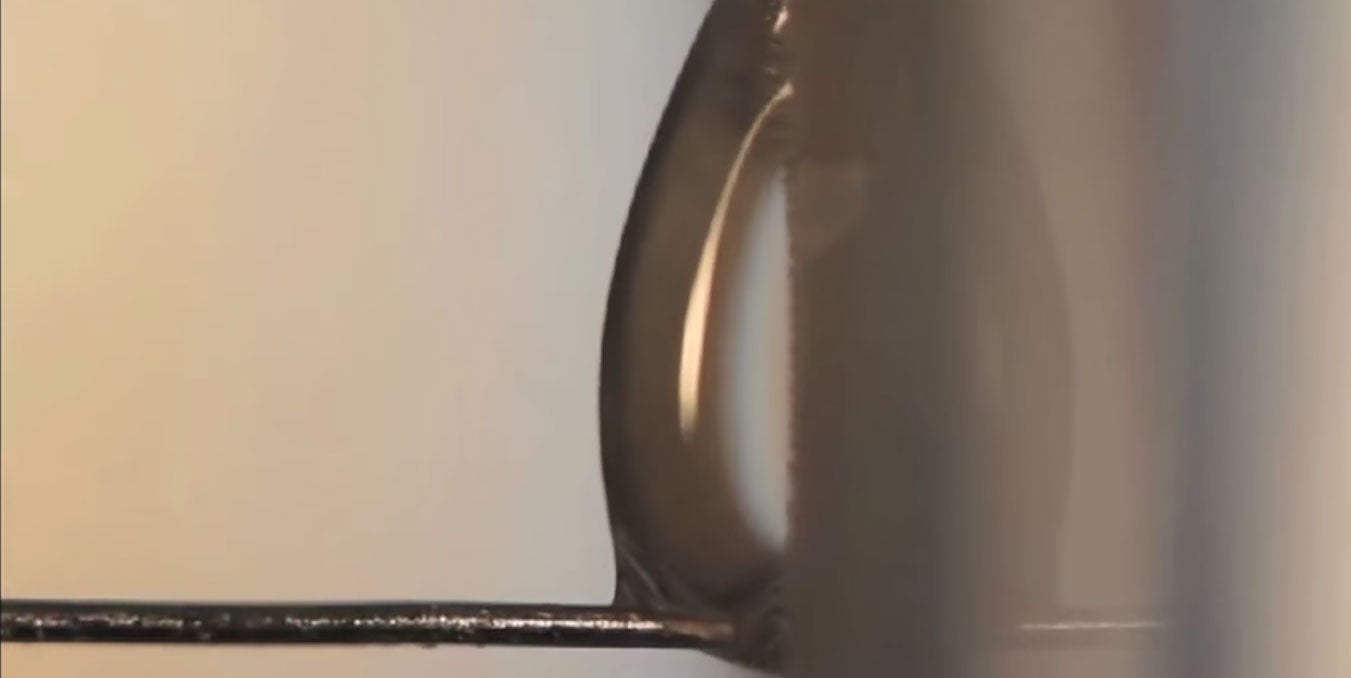‘Magnetic microhairs’ make water run uphill
New material use thousands of nickel microhairs a quarter the size of a human hair to channel fluids in response to magnetic fields

Your support helps us to tell the story
From reproductive rights to climate change to Big Tech, The Independent is on the ground when the story is developing. Whether it's investigating the financials of Elon Musk's pro-Trump PAC or producing our latest documentary, 'The A Word', which shines a light on the American women fighting for reproductive rights, we know how important it is to parse out the facts from the messaging.
At such a critical moment in US history, we need reporters on the ground. Your donation allows us to keep sending journalists to speak to both sides of the story.
The Independent is trusted by Americans across the entire political spectrum. And unlike many other quality news outlets, we choose not to lock Americans out of our reporting and analysis with paywalls. We believe quality journalism should be available to everyone, paid for by those who can afford it.
Your support makes all the difference.Inspired by small hairs known as cilia that shift back and forth in the human nose to filter out debris and dust, researchers from MIT have created a flexible material that uses thousands of ‘microhairs’ to shed raindrops, even making water flow up vertical walls.
Each of the nickel microhairs is about one-fourth the diameter of a human hair and can be controlled en masse by an external magnetic field.
This allows engineers to control the path that water follows in real time, instantly switching the direction of the hairs and thus the liquid. In fact, the silicone-mounted microhairs can even be used to direct light.
“You could coat this on your car windshield to manipulate rain or sunlight,” graduate student Yangying Zhu said in a press release. “You could filter how much solar radiation you want coming in, and also shed raindrops.”
Zhu and her fellow researchers say that it’s not just water and sunlight that the microhairs can direct, and say that the material could even be used in medical implants to direct the flow of cells through tiny microchannels.
Join our commenting forum
Join thought-provoking conversations, follow other Independent readers and see their replies
Comments